Java异步编程神器!手把手教你搞定CompletableFuture
时间:2025-06-17 13:24:24 401浏览 收藏
还在为Java异步编程的复杂性头疼吗?本文带你玩转`CompletableFuture`,解锁Java异步编程的强大能力!`CompletableFuture`是Java 8引入的利器,旨在解决主线程阻塞问题,提升程序响应速度和吞吐量。本文将手把手教你如何使用`supplyAsync()`和`runAsync()`创建异步任务,掌握异常处理的`exceptionally()`和`handle()`方法,以及利用`thenApply()`、`thenCompose()`、`thenCombine()`等方法组合多个异步任务。同时,深入探讨线程池选择的奥秘,避开默认`ForkJoinPool`的陷阱,并提供避免阻塞的实用技巧,让你彻底掌握Java异步编程,打造高性能应用!
Java中实现异步编程的核心在于避免主线程阻塞,提高响应速度和吞吐量,主要通过CompletableFuture实现。1. CompletableFuture提供supplyAsync()和runAsync()创建异步任务,前者用于有返回值的任务,后者用于无返回值的任务;2. 异常处理可通过exceptionally()返回默认值或handle()统一处理结果与异常;3. 组合多个异步任务可使用thenApply()转换结果、thenCompose()链式依赖任务、thenCombine()合并两个独立任务的结果;4. 线程池选择上,默认使用ForkJoinPool.commonPool()适合CPU密集型任务,I/O密集型或需控制并发时应自定义线程池并通过参数传入;5. 避免阻塞应避免调用get()方法,改用thenAccept()或thenApplyAsync()将后续操作放入异步线程执行,确保非阻塞特性。
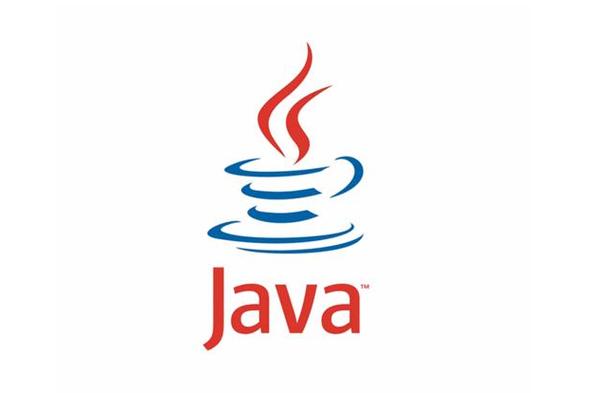
Java中实现异步编程,核心在于避免主线程阻塞,提高程序响应速度和吞吐量。CompletableFuture是Java 8引入的强大的异步编程工具,它提供了灵活的方式来处理异步任务的结果,组合多个异步操作,以及处理异常。
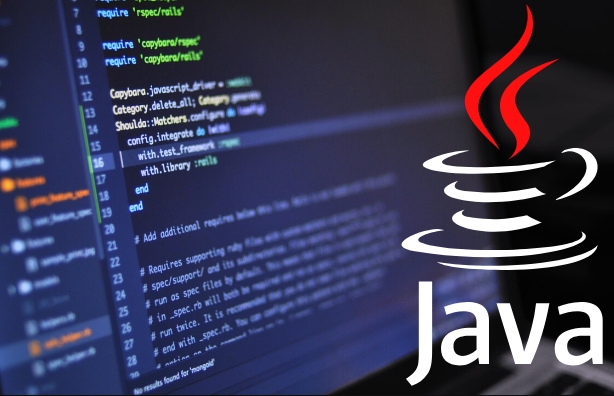
CompletableFuture的使用方法

CompletableFuture提供了多种静态方法来创建异步任务,例如supplyAsync()、runAsync()。supplyAsync()用于执行有返回值的任务,而runAsync()用于执行没有返回值的任务。
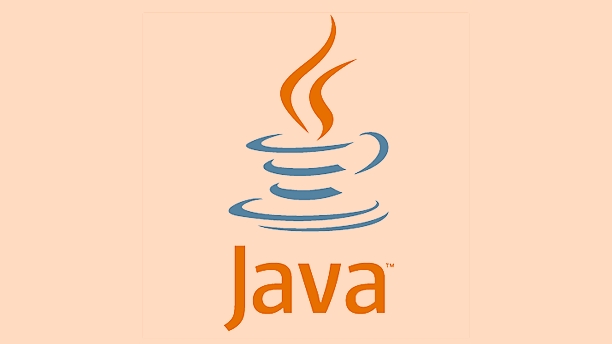
// 执行一个有返回值的异步任务
CompletableFuture<String> future = CompletableFuture.supplyAsync(() -> {
// 模拟耗时操作
try {
Thread.sleep(1000);
} catch (InterruptedException e) {
Thread.currentThread().interrupt();
throw new RuntimeException(e);
}
return "Hello, Async!";
});
// 执行一个没有返回值的异步任务
CompletableFuture<Void> futureVoid = CompletableFuture.runAsync(() -> {
// 模拟耗时操作
try {
Thread.sleep(500);
} catch (InterruptedException e) {
Thread.currentThread().interrupt();
throw new RuntimeException(e);
}
System.out.println("Async task completed!");
});
// 获取异步任务的结果 (会阻塞直到结果可用)
try {
String result = future.get();
System.out.println(result);
} catch (Exception e) {
e.printStackTrace();
}关键在于,supplyAsync和runAsync默认使用ForkJoinPool.commonPool()线程池。如果需要自定义线程池,可以传入Executor参数。 这点需要注意,避免所有异步任务都挤在同一个公共线程池里。
如何处理异步任务的异常?
CompletableFuture提供了exceptionally()、handle()等方法来处理异常。exceptionally()允许你提供一个函数,在发生异常时返回一个默认值。handle()则允许你同时处理正常结果和异常情况。
CompletableFuture<String> futureWithException = CompletableFuture.supplyAsync(() -> {
// 模拟可能抛出异常的操作
if (Math.random() > 0.5) {
throw new RuntimeException("Something went wrong!");
}
return "Success!";
}).exceptionally(ex -> {
System.err.println("Exception occurred: " + ex.getMessage());
return "Default Value"; // 返回默认值
});
try {
String result = futureWithException.get();
System.out.println("Result: " + result);
} catch (Exception e) {
e.printStackTrace();
}handle方法更强大,它接收一个BiFunction,可以根据结果和异常进行更复杂的处理。 个人觉得,使用handle可以避免多层嵌套的try-catch,代码更简洁。
CompletableFuture如何组合多个异步任务?
CompletableFuture提供了thenApply()、thenCompose()、thenCombine()等方法来组合多个异步任务。thenApply()用于对异步任务的结果进行转换。thenCompose()用于将一个异步任务的结果传递给另一个异步任务。thenCombine()用于合并两个独立的异步任务的结果。
CompletableFuture<String> future1 = CompletableFuture.supplyAsync(() -> "Hello");
CompletableFuture<String> future2 = CompletableFuture.supplyAsync(() -> "World");
// 使用 thenCombine 合并两个 Future 的结果
CompletableFuture<String> combinedFuture = future1.thenCombine(future2, (s1, s2) -> s1 + ", " + s2);
// 使用 thenApply 对结果进行转换
CompletableFuture<String> transformedFuture = combinedFuture.thenApply(String::toUpperCase);
try {
String result = transformedFuture.get();
System.out.println(result); // 输出: HELLO, WORLD
} catch (Exception e) {
e.printStackTrace();
}thenCompose适用于一个任务的完成依赖于另一个任务的结果的场景。 例如,从数据库查询用户信息,然后根据用户信息查询订单信息。
CompletableFuture中的线程池选择有什么讲究?
选择合适的线程池至关重要。 默认的ForkJoinPool.commonPool()适用于CPU密集型任务,但如果你的任务是I/O密集型,或者需要控制并发度,那么自定义线程池是更好的选择。
// 创建一个固定大小的线程池
ExecutorService executor = Executors.newFixedThreadPool(10);
CompletableFuture<String> futureWithExecutor = CompletableFuture.supplyAsync(() -> {
// 模拟耗时操作
try {
Thread.sleep(1000);
} catch (InterruptedException e) {
Thread.currentThread().interrupt();
throw new RuntimeException(e);
}
return "Hello from custom executor!";
}, executor);
try {
String result = futureWithExecutor.get();
System.out.println(result);
} catch (Exception e) {
e.printStackTrace();
} finally {
executor.shutdown(); // 关闭线程池
}需要注意的是,使用自定义线程池后,一定要记得关闭线程池,释放资源。 否则,可能会导致程序无法正常退出。
如何避免CompletableFuture的阻塞?
虽然get()方法可以获取异步任务的结果,但它会阻塞当前线程。 为了避免阻塞,可以使用thenAccept()、thenApplyAsync()等方法。 thenAccept()在异步任务完成后执行一个Consumer,而thenApplyAsync()则在另一个异步任务中执行转换操作。
CompletableFuture<String> futureNonBlocking = CompletableFuture.supplyAsync(() -> {
// 模拟耗时操作
try {
Thread.sleep(1000);
} catch (InterruptedException e) {
Thread.currentThread().interrupt();
throw new RuntimeException(e);
}
return "Non-blocking result!";
});
// 使用 thenAccept 在异步任务完成后执行一个 Consumer
futureNonBlocking.thenAccept(result -> {
System.out.println("Result (non-blocking): " + result);
});
// 使用 thenApplyAsync 在另一个异步任务中执行转换操作
CompletableFuture<String> transformedFutureNonBlocking = futureNonBlocking.thenApplyAsync(String::toUpperCase);
transformedFutureNonBlocking.thenAccept(result -> {
System.out.println("Transformed result (non-blocking): " + result);
});
// 注意:这里不要调用 get(),否则就阻塞了避免阻塞的关键在于,不要使用get()方法,而是使用thenAccept、thenApplyAsync等方法,将后续操作也放到异步线程中执行。 这样才能真正实现非阻塞的异步编程。
今天关于《Java异步编程神器!手把手教你搞定CompletableFuture》的内容就介绍到这里了,是不是学起来一目了然!想要了解更多关于java,线程池,异步编程,阻塞,completablefuture的内容请关注golang学习网公众号!
-
501 收藏
-
501 收藏
-
501 收藏
-
501 收藏
-
501 收藏
-
374 收藏
-
450 收藏
-
296 收藏
-
255 收藏
-
466 收藏
-
409 收藏
-
495 收藏
-
248 收藏
-
327 收藏
-
440 收藏
-
376 收藏
-
113 收藏
-

- 前端进阶之JavaScript设计模式
- 设计模式是开发人员在软件开发过程中面临一般问题时的解决方案,代表了最佳的实践。本课程的主打内容包括JS常见设计模式以及具体应用场景,打造一站式知识长龙服务,适合有JS基础的同学学习。
- 立即学习 543次学习
-

- GO语言核心编程课程
- 本课程采用真实案例,全面具体可落地,从理论到实践,一步一步将GO核心编程技术、编程思想、底层实现融会贯通,使学习者贴近时代脉搏,做IT互联网时代的弄潮儿。
- 立即学习 516次学习
-
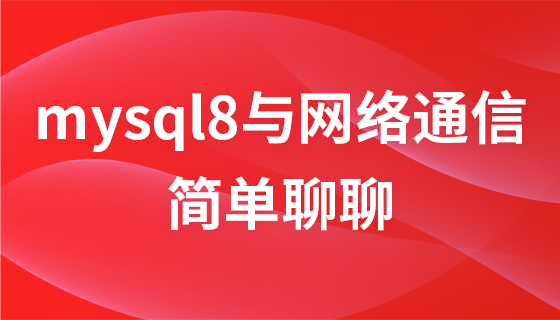
- 简单聊聊mysql8与网络通信
- 如有问题加微信:Le-studyg;在课程中,我们将首先介绍MySQL8的新特性,包括性能优化、安全增强、新数据类型等,帮助学生快速熟悉MySQL8的最新功能。接着,我们将深入解析MySQL的网络通信机制,包括协议、连接管理、数据传输等,让
- 立即学习 500次学习
-

- JavaScript正则表达式基础与实战
- 在任何一门编程语言中,正则表达式,都是一项重要的知识,它提供了高效的字符串匹配与捕获机制,可以极大的简化程序设计。
- 立即学习 487次学习
-
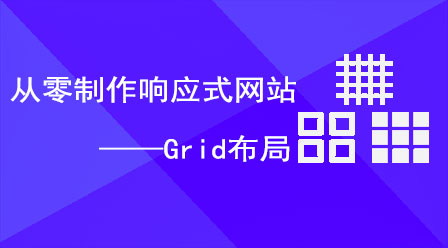
- 从零制作响应式网站—Grid布局
- 本系列教程将展示从零制作一个假想的网络科技公司官网,分为导航,轮播,关于我们,成功案例,服务流程,团队介绍,数据部分,公司动态,底部信息等内容区块。网站整体采用CSSGrid布局,支持响应式,有流畅过渡和展现动画。
- 立即学习 485次学习
